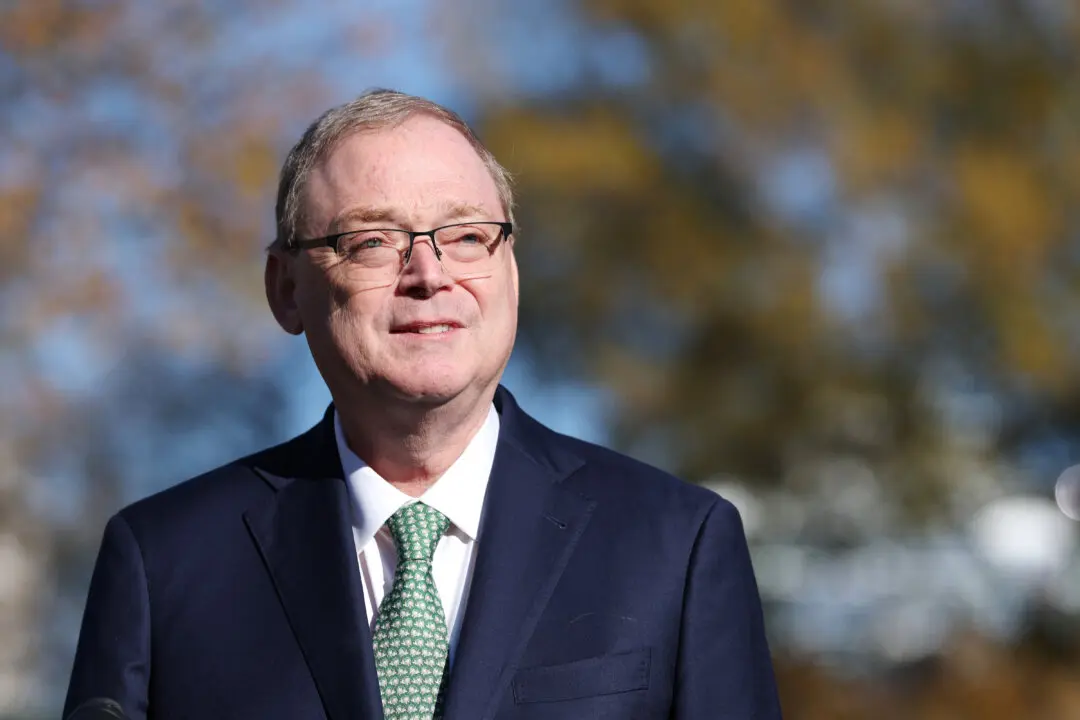Wholesale prices in the United States eased in April but remained close to their record high hit in March, suggesting little near-term inflationary respite for American households as higher producer prices tend to get passed along to end consumers.
The Producer Price Index (PPI), which tracks inflation before it hits consumers, rose by an annual 11.0 percent in April, the Bureau of Labor Statistics said Wednesday. That’s a slight slowdown from March’s revised 11.5 percent pace of producer price inflation, which was the highest in the history of the data series, which dates back to 2010.





